Nintendo before the NES: A history of play
From 'love hotels' to Donkey Kong
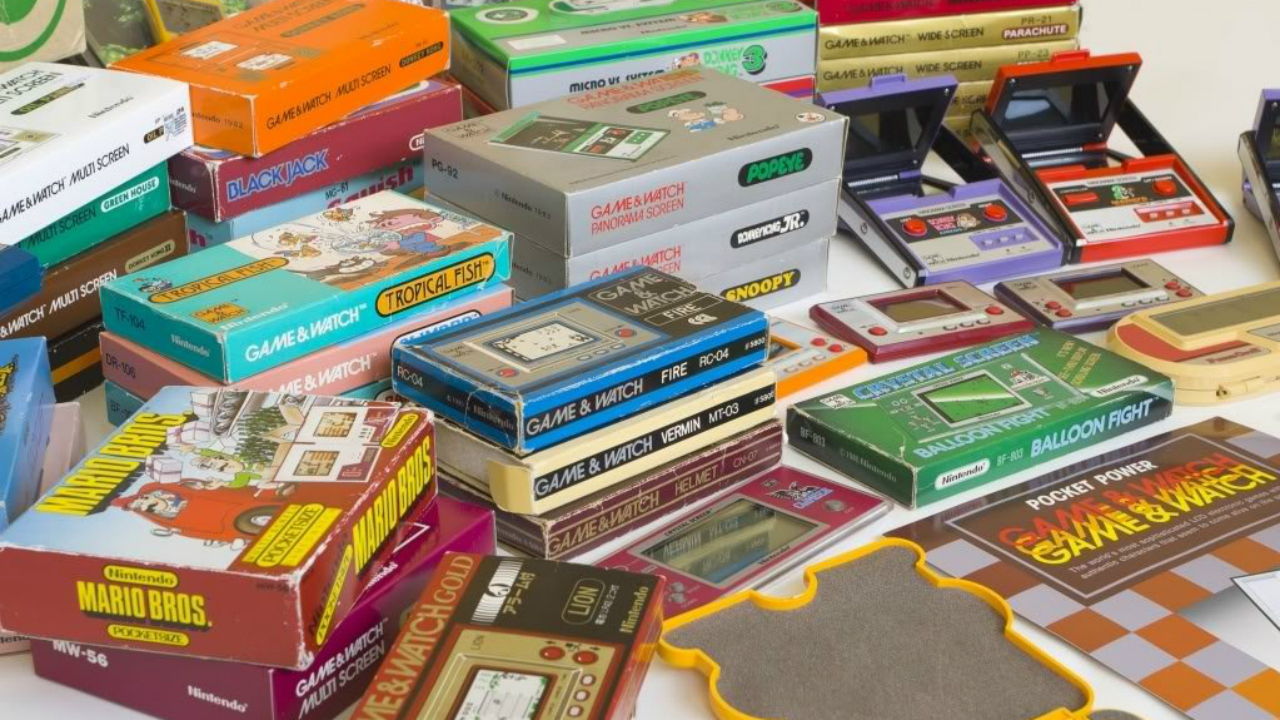
This month sees the launch of Nintendo's mini NES Classic Edition, a pint-sized facsimile of the 1985 console which changed the gaming landscape forever.
While the NES will forever be ingrained in the psyche of many a 30-something gamer and its fame will echo through the ages thanks to Nintendo's evergreen stable of IP, the company's history stretches way back beyond the eighties.
In fact, the firm is now over 100 years old, and began life making Japanese playing cards, known as "hanafuda".
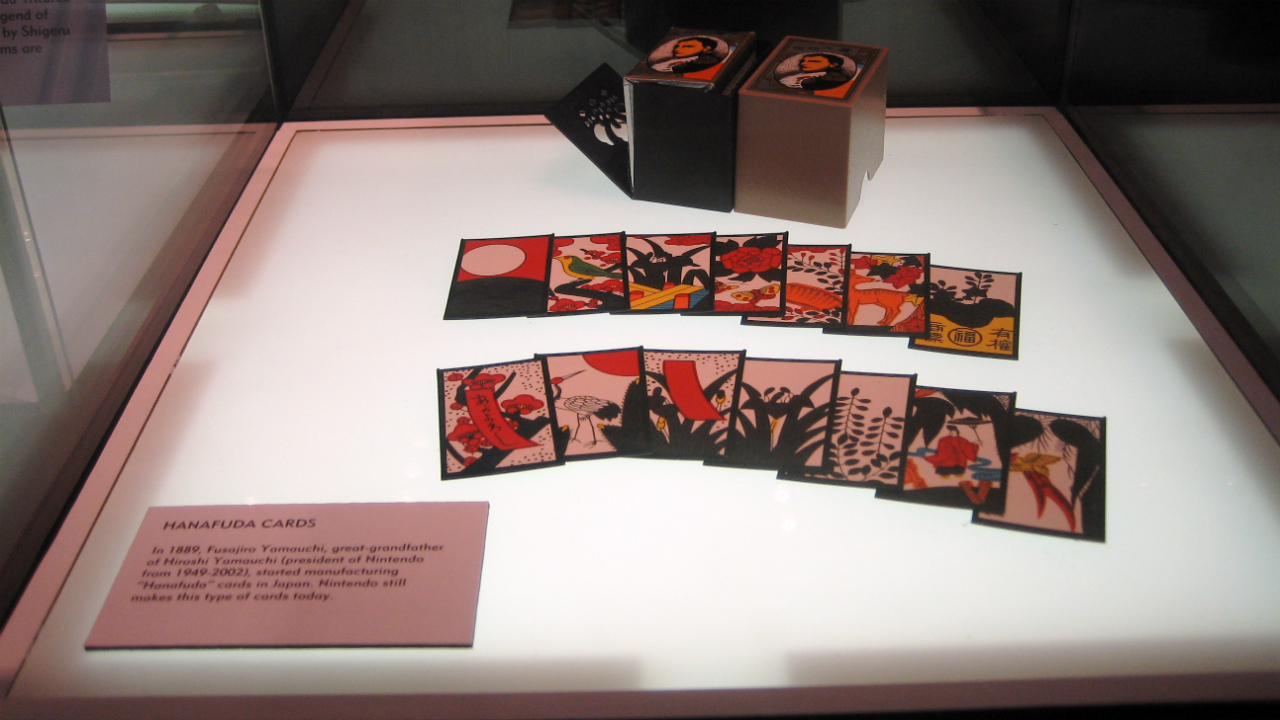
Nintendo Playing Card Co. was founded on September 23rd 1889 by Fusajiro Yamauchi, who initially produced the hanafuda cards by hand. For more than half a century these cards were Nintendo's sole means of generating revenue; it was only when Yamauchi's grandson Hiroshi took over in the late forties that the firm's focus began to shift.
The younger Yamauchi was brash and headstrong, and quickly realised that hanafuda would not secure the company's fortune. This stance was confirmed by a 1956 visit to North America which revealed to him just how small the global market was; on the trip he discovered that the United States Playing Card Company – then the leading manufacturer in the world – could only afford a tiny office.
Disney, instant rice and 'Love Hotels'
Yamauchi's desire to grow the company led to him entering a licensing deal with Disney to produce cards featuring famous characters. It was a marketing masterstroke and Nintendo's Disney playing card pack sold 600,000 units in a single year, making it the dominant player in the Japanese card game industry.
Yamauchi had achieved the vision his grandfather had dreamed of back in 1889, but it wasn't enough to satisfy the wily Hiroshi, who proceeded to pour money into ventures which took the newly-christened Nintendo Co., Ltd. to the brink of bankruptcy. These included a taxi firm, instant rice and – most shocking of all – a chain of "love hotels" which allowed couples to rent rooms by the hour.
Get daily insight, inspiration and deals in your inbox
Sign up for breaking news, reviews, opinion, top tech deals, and more.
The one area where Nintendo did enjoy success was in the production of toys and games, a natural progression from the Disney-themed playing card deck. In 1963 it released a series of board games which starred famous Disney characters such as Mickey Mouse and Donald Duck.
Two years later it would produce a baseball game called Nintendo No Yakyuban, which simulated the popular sport with plastic players and a metal ball bearing, and My Car Race, an early attempt at an electric-powered race track.
Gunpei Yokoi and the Ultra Hand
The firm's transition into the realm of toys was beginning, but it would be 1966's Ultra Hand that really put Nintendo on the map with kids and families.
The brainchild of Gunpei Yokoi, Ultra Hand was a telescopic grabber which allowed the user to pick up objects from a distance. Yokoi created the gadget for his own personal amusement and had it with him during a shift working as a maintenance engineer in Nintendo's factory.
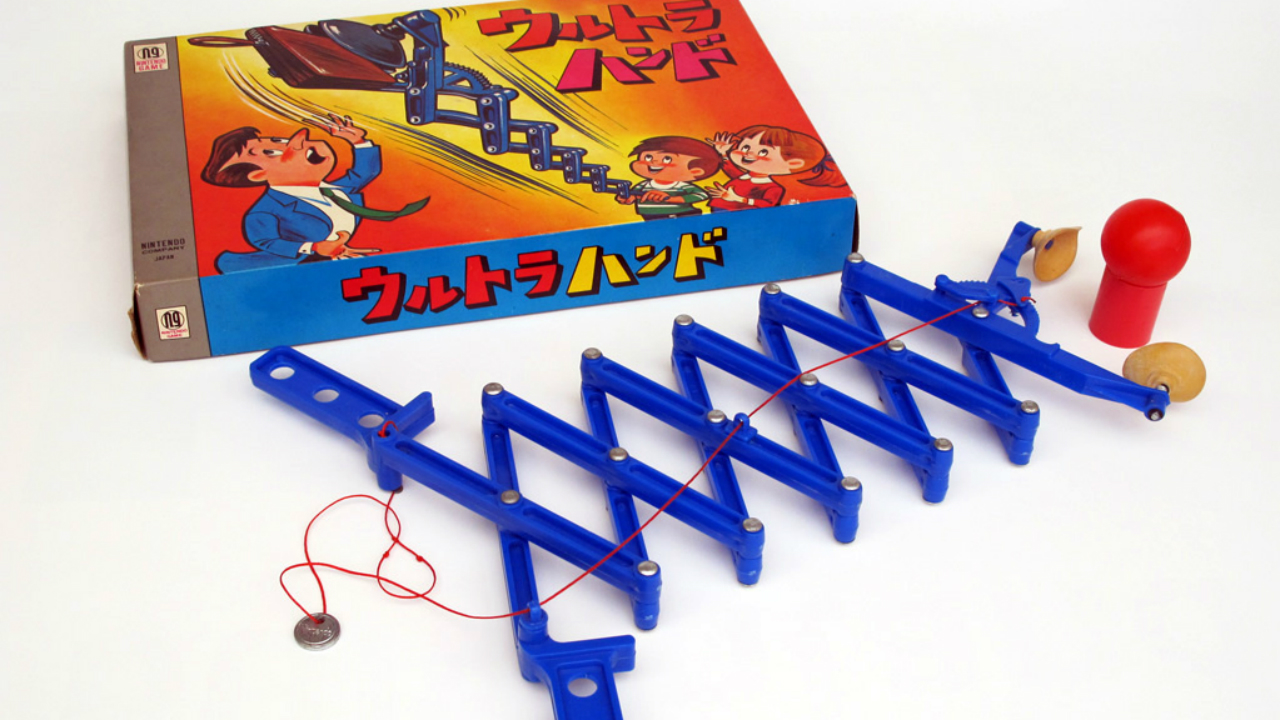
The story goes that Yamauchi spotted the potential in the device and instructed Yokoi to turn it into a sellable product. It went on to sell a million units and Yokoi was subsequently promoted to the role of product designer, dreaming up many other commercially successful toys.
These included a tiny remote-controlled vacuum cleaner called Chiritory, a device for testing the level of affection between couples and the Ultra Machine, which hurled balls at the player for them to knock away with a plastic baseball bat. He also worked on the rudimentary light-gun technology which would later be used in video games – a sector which Yokoi would find further fame and success as the '70s rolled onwards.
From Color TV Game to Game & Watch
Yokoi was one of Nintendo's first games designers, but the company's first steps into the interactive entertainment industry involved licensing Magnavox's Odyssey console for distribution in Japan in 1974. The Color TV Game followed in 1977, Nintendo's first self-produced piece of video gaming hardware, and this was iterated upon several times, gaining the company increased presence in what was fast becoming a profitable sector.
It would fall to Yokoi to give the firm its first real breakthrough in this burgeoning arena, however. While traveling to work on the high-speed Shinkansen bullet train, Yokoi observed a businessman tapping away on his calculator out of sheer boredom. This gave him the inspiration for Game & Watch, a range of pocket-sized handheld games which used LCD screens and featured timekeeping functionality.
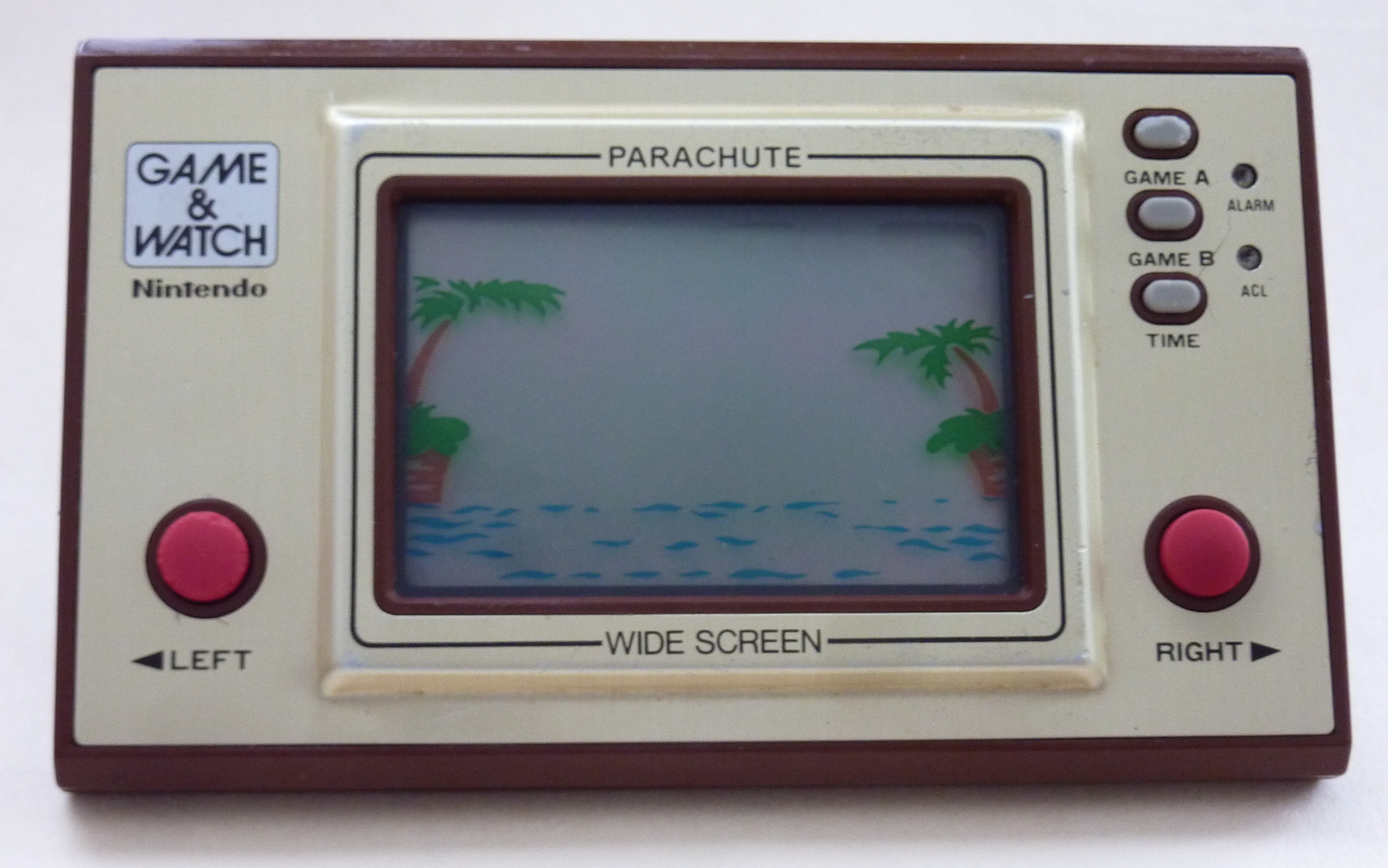
The Game & Watch series began in 1980 and would continue until the early '90s, and perfectly embodied the philosophy that Yokoi lived by, which he called "Lateral Thinking with Withered Technology." These tiny devices took readily-available technology and used it in a new and interesting way; furthermore, they were cheap to produce and eventually sold over 43 million units worldwide – arguably giving Nintendo its first real taste of success in the gaming arena.
Nintendo wasn't content to simply create domestic gaming experiences, however – it wanted to be part of the arcade revolution as well. In 1975, Genyo Takeda – now Technology Fellow of Nintendo – created the company's first arcade game in the form of EVR Race. But it wouldn't be until 1981 that the firm truly struck gold.
Miyamoto, Donkey Kong and beyond
Yokoi was charged with supervising the young and relatively inexperienced designer Shigeru Miyamoto on his new game, known as Donkey Kong.
After a string of commercial disappointments the title was seen by some – Yamauchi included – as Nintendo's last desperate throw of the dice in this particular sector of the gaming market. Yet it went on to become one of the most successful coin-ops of all time.
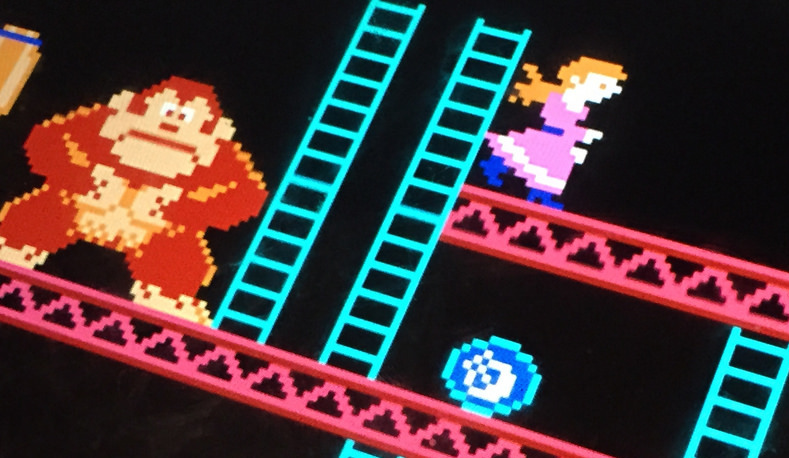
With the Game & Watch range selling briskly and Nintendo's standing in the arcade industry on the rise, Yamauchi set his sights on the next big challenge: becoming a key player in living rooms all over the world.
The Famicom hit Japanese store shelves in 1983 and was immediately hit by a crippling production problem which forced a complete recall. Despite this catastrophic setback the console became a bestseller, aided by key titles like Donkey Kong, Final Fantasy, Zelda and of course Super Mario himself. In 1985 Nintendo gave the console a name-change and redesign for the west, naming it the Nintendo Entertainment System.
The rest, as they say, is history, but one thing is for sure – Nintendo's own gaming story didn't begin with the NES; that was merely another step in the Japanese veteran's incredible journey from a tiny shop in 1889 Kyoto to the pinnacle of the interactive entertainment arena. It's a position its fans are no doubt hoping it can reclaim with its latest console the, the Nintendo Switch, which launches in March next year.